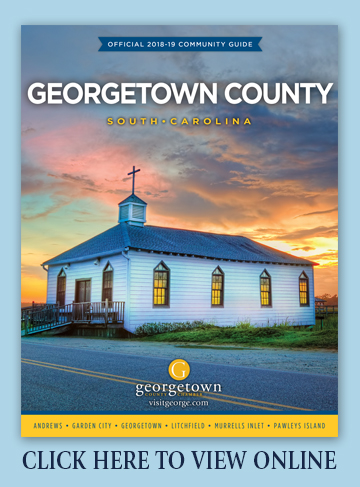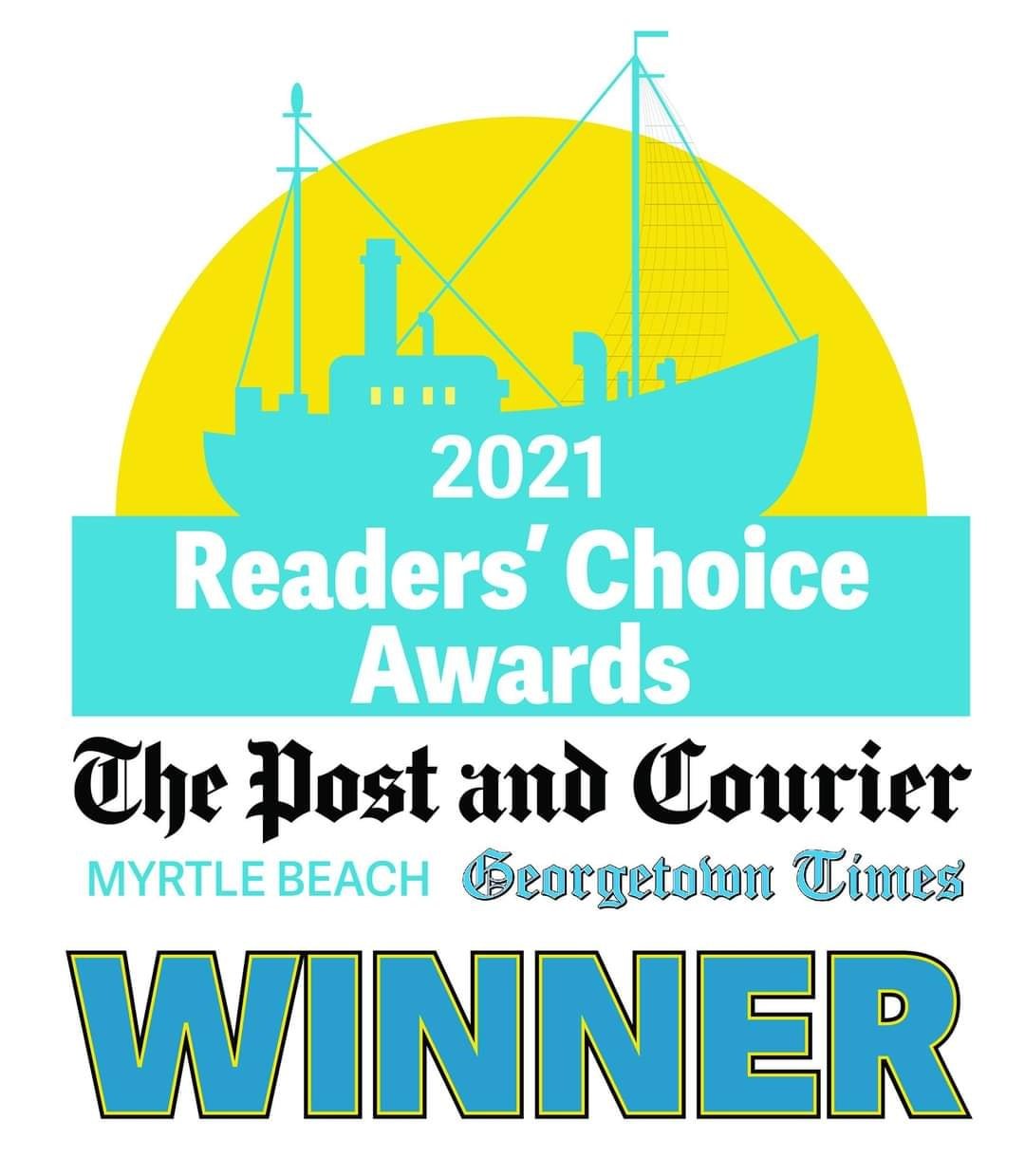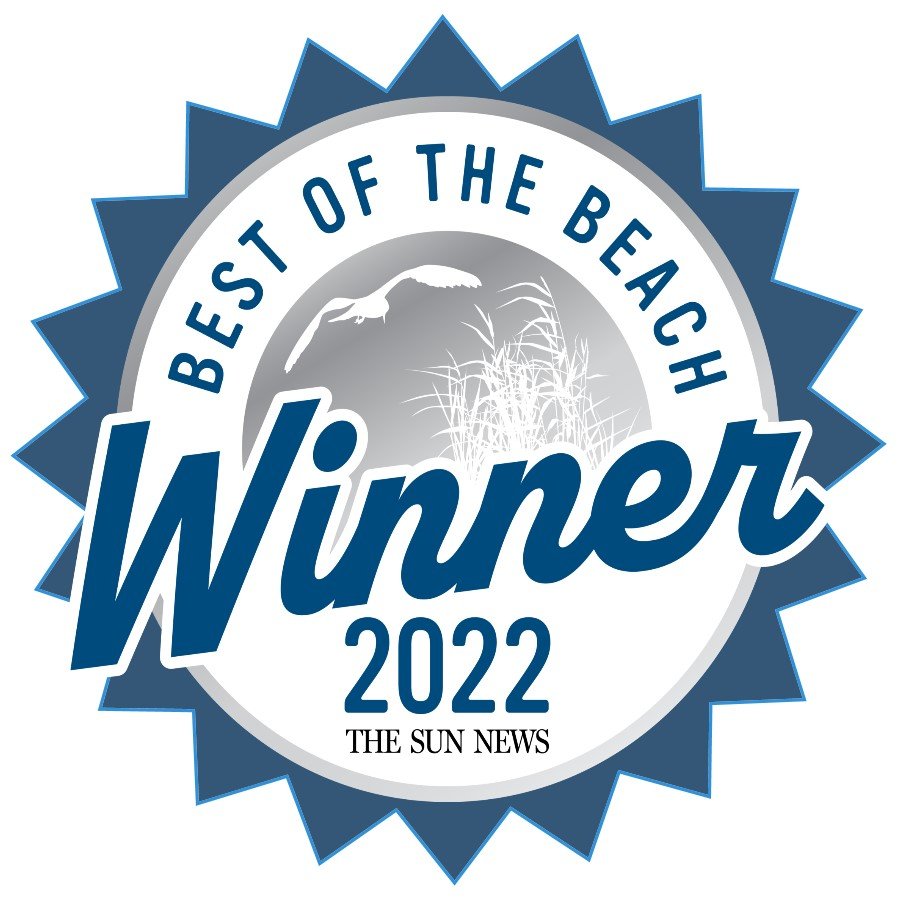Hobcaw Barony
Once a functioning plantation, Hobcaw Barony’s aim is to preserve the history of this property for research, education, and historic reasons. Hobcaw Barony is home to the Hobcaw House, which once accommodated visitors such as Franklin Roosevelt and Winston Churchill. Hobcaw Barony is also the only place along the Grand Strand with a fully-intact slave village. This plantation offers tours, programs, children’s programs, as well as a discovery center, which is a museum that educates visitors about the history and ecology of the area.
A 16,000 acre research reserve, Hobcaw Barony is one of the few undeveloped tracts on the Waccamaw Neck. The Native Americans called it “Hobcaw,” meaning between the waters. In 1718, the land became a colonial land grant or barony. Sold and subdivided into plantations, the land was part of profitable rice production until the beginning of the 20th century.
In 1718, John, Lord Carteret was given a royal grant of 12,000 acres barony on Hobcaw Point at the southern end of Waccamaw Neck. In 1766 and 1767, the tract was surveyed and sold in several parcels. These were developed into about a dozen rice plantations that contributed to Georgetown County's substantial rice production between the American Revolution and the Civil War. After the Civil War, rice production decreased due to the lack of slave labor and increased production of rice in Louisiana. Barnard Baruch acquired the tract and additional land in three purchases from 1905 to 1907 to be developed as a winter hunting retreat. Although rice was no longer cultivated, the canals and embankments were retained to provide an attractive environment for waterfowl. Starting in 1935, Baruch began selling parts of Hobcaw Barony to his daughter, Belle Baruch. The first tract was 5,000 acres in the northern portion of the property. She built a house and stable complex, Bellefield Plantation, a stable cottage for her stable manager, Jean Darthez, and a small airport hangar. Before Belle Baruch's death in 1964, she established the Belle W. Baruch Foundation to perpetuate Hobcaw Barony as an educational institute for forestry and marine biology.
The Hobcaw House was the Baruch family winter retreat. It is about 4 mi south of the main entrance and overlooks Winyah Bay. It was built in 1930 to replace the Donaldson House, which burned in December 1929. The red brick house was designed by the Columbia, South Carolina, architects Lafaye and Lafaye. Barnard Baruch entertained many friends at Hobcaw Barony. Winston Churchill and his daughter, Diana, visited in 1932. President Roosevelt took a month-long working vacation in Spring 1944 during World War II. Ralph Pulitzer, Walter Huston, Generals George C. Marshall, Omar Bradley and Mark Clark, and Senators Robert A. Taft and Harry F. Byrd were a few of his notable guests.
The Bellefield House Complex is about 1.25 mi south of the main entrance. The house was designed by Murgatroyd and Ogden of New York and built in 1936 with Lafaye and Lafaye of Columbia providing specifications. It is a two-story frame house with four single-story wings and a brick service wing to the rear. The house has a gabled roof. The house is built on a raised terrace with live oaks and pines. The chief landscape architect was Umberto Innocenti of New York and New Jersey. The Bellefield Garage, also design by Murgatroyd and Ogden, had parking for four vehicles, a laundry, and two rooms for servants. The Bellefield Stable, which was considered essential by Belle, was designed by John D. W. Churchill of New York and built in 1937. The kennel for hunting dogs and the fowl coop are nearby.
A number of old slave settlements are extant. Friendfield Village is between Kings Highway and Hobcaw Road. It has five unused houses, a church and a dispensary. There are several antebellum slave cabins built prior to the Civil War. Two others were remodeled in 1905. The Friendfield Church, which was built in 1890, is a rectangular building with board-and-batten siding, a gabled metal roof, and a pyramidal spire. Two additional cottages in Friendfield Village were built around 1935. Barnyard Village is also on the old Friendfield Plantation. There is one antebellum cabin that was remodeled in the period from 1890 to 1905. Two residences for employees of Hobcaw Barony were constructed in 1925. Strawberry Village is 0.5 mi north of the Hobcaw Barony Complex in an isolated area. The Strawberry School was built in 1915 for the African American children at Hobcaw Barony and was expanded in 1935.
The rice fields played a major role in the 19th century life of the area. Many of the canals, banks, and trunks have been maintained on Hobcaw Barony. About 325 acres of the Alderley and Oryzantia, 300 acres of the Youngfield and Bellefield, 50 acres of the Strawberry Hill, and 800 acres of the Michaux and Calais Plantations remain. About 260 acres of the Marrietta, Friendfield, and Strawberry Hill Plantations have been altered.
Over 8,000 acres of forests remain consisting of hardwood species, loblolly and longleaf pine, and cypress/tupelo swamps. Although the majority has not been timbered since Baruch's purchase, some harvesting was done in 1944 and 1945 to support war mobilization. Portions of the King's Highway remain as a dirt road from near Highway 17 to Frasers Point on Winyah Bay south of the Hobcaw House Complex.
Bellefield Airport hangar was constructed for two planes used by Belle Baruch. The field was leased to the US Army in 1942 for the war effort.Portions of the Friendfield Plantation Rice Mill remain. The brick building with chimney and a winnowing house were probably built in the 1870s. There are old cemeteries including the Calais Cemetery at Frasers Point, the Fairfield or Donaldson Cemetery, the Alderly Cemetery, and the Marietta/Bellefield Cemetery.
As of 2013 salt marshes have slightly expanded at the expense of forest due to rising sea levels as encroaching sea water kills trees.
The University of South Carolina operates the Baruch Institute for Marine & Coastal Sciences and Clemson University has its Belle W. Baruch Institute of Coastal Ecology & Forest Science.









